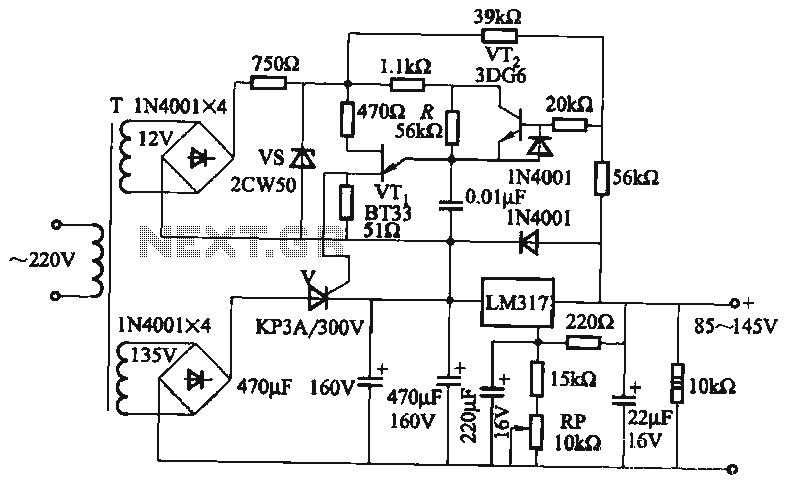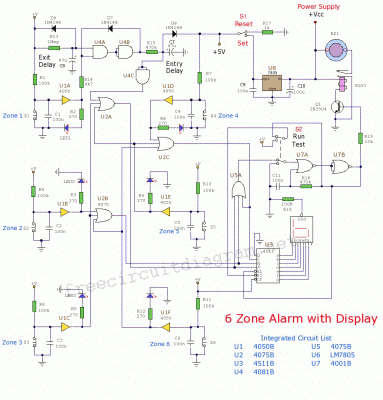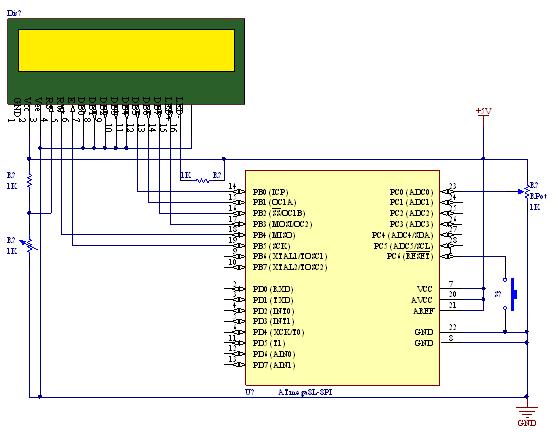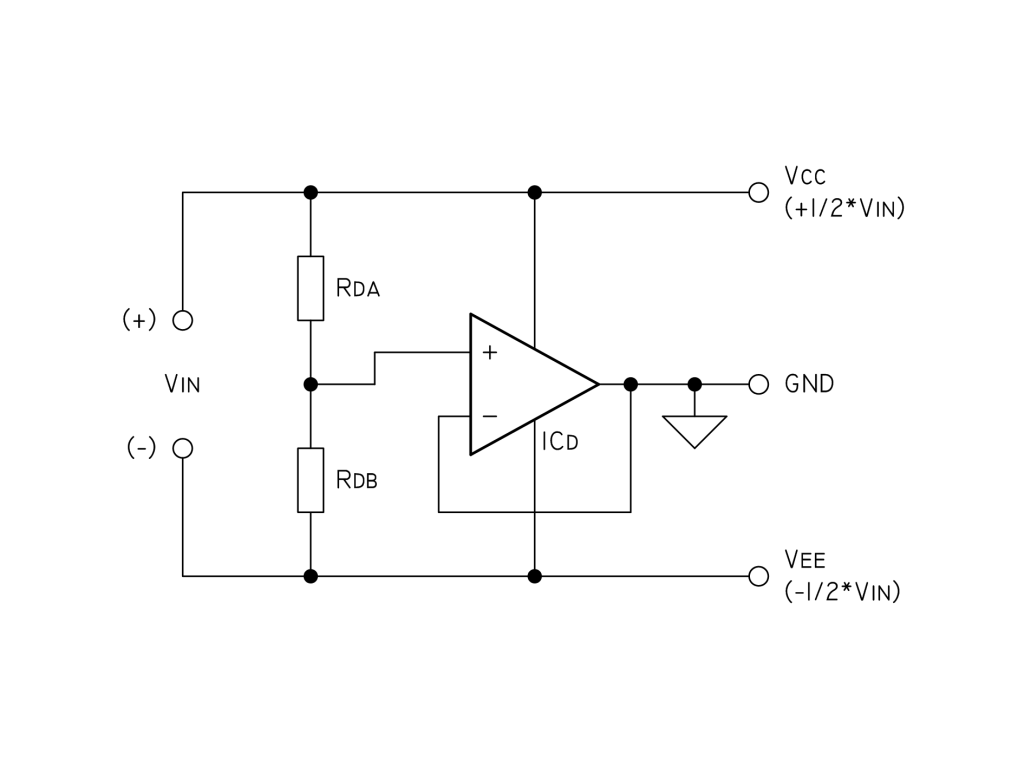
Carrier current remote control device or intercom circuit diagram
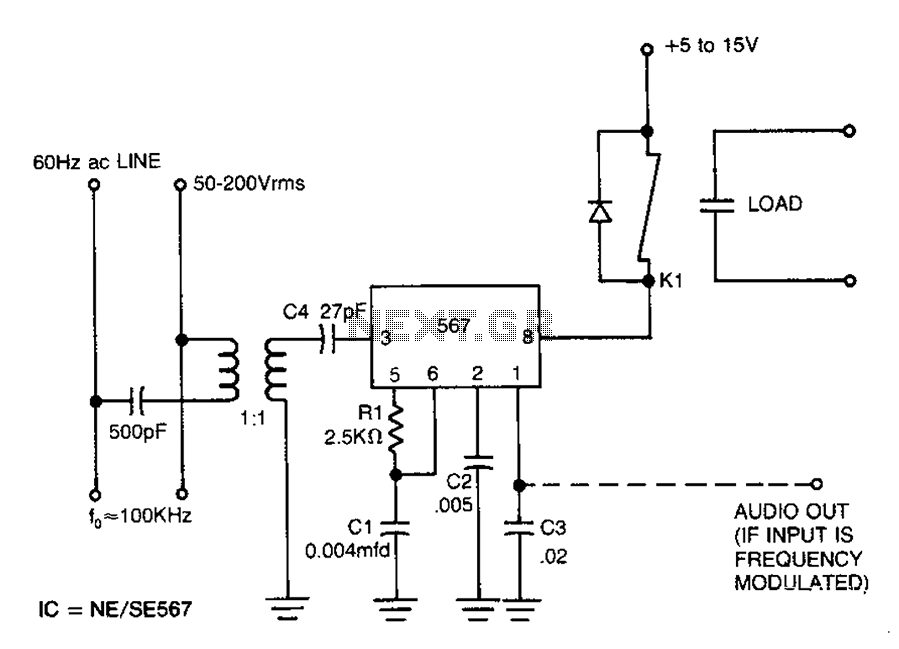
Carrier current remote control device or intercom circuit diagram as follows:
The circuit diagram for a carrier current remote control device or intercom system typically involves the use of carrier current technology to transmit audio signals over existing electrical wiring. This system allows for communication between different points without the need for dedicated wiring, utilizing the electrical infrastructure already in place.
The primary components of this circuit include a microphone, an audio amplifier, a modulator, and a demodulator. The microphone captures the audio input, which is then amplified by the audio amplifier to ensure sufficient signal strength. The modulator converts the audio signal into a high-frequency carrier wave suitable for transmission over the electrical lines.
The carrier wave is then sent through the power lines, where it can travel to various locations within the building. At the receiving end, the demodulator extracts the audio signal from the carrier wave, allowing it to be played back through a speaker or another audio output device.
Additional components may include filters to reduce noise and improve signal clarity, as well as power supply circuits to ensure the system operates efficiently. The design must also consider impedance matching to optimize the transmission of audio signals and minimize signal loss.
This type of intercom system is particularly advantageous in residential or commercial settings where installing new wiring is impractical. By leveraging existing electrical infrastructure, carrier current intercom systems provide a cost-effective and efficient solution for communication needs. Carrier current remote control device or intercom circuit diagram as follows:
The circuit diagram for a carrier current remote control device or intercom system typically involves the use of carrier current technology to transmit audio signals over existing electrical wiring. This system allows for communication between different points without the need for dedicated wiring, utilizing the electrical infrastructure already in place.
The primary components of this circuit include a microphone, an audio amplifier, a modulator, and a demodulator. The microphone captures the audio input, which is then amplified by the audio amplifier to ensure sufficient signal strength. The modulator converts the audio signal into a high-frequency carrier wave suitable for transmission over the electrical lines.
The carrier wave is then sent through the power lines, where it can travel to various locations within the building. At the receiving end, the demodulator extracts the audio signal from the carrier wave, allowing it to be played back through a speaker or another audio output device.
Additional components may include filters to reduce noise and improve signal clarity, as well as power supply circuits to ensure the system operates efficiently. The design must also consider impedance matching to optimize the transmission of audio signals and minimize signal loss.
This type of intercom system is particularly advantageous in residential or commercial settings where installing new wiring is impractical. By leveraging existing electrical infrastructure, carrier current intercom systems provide a cost-effective and efficient solution for communication needs. Carrier current remote control device or intercom circuit diagram as follows:
